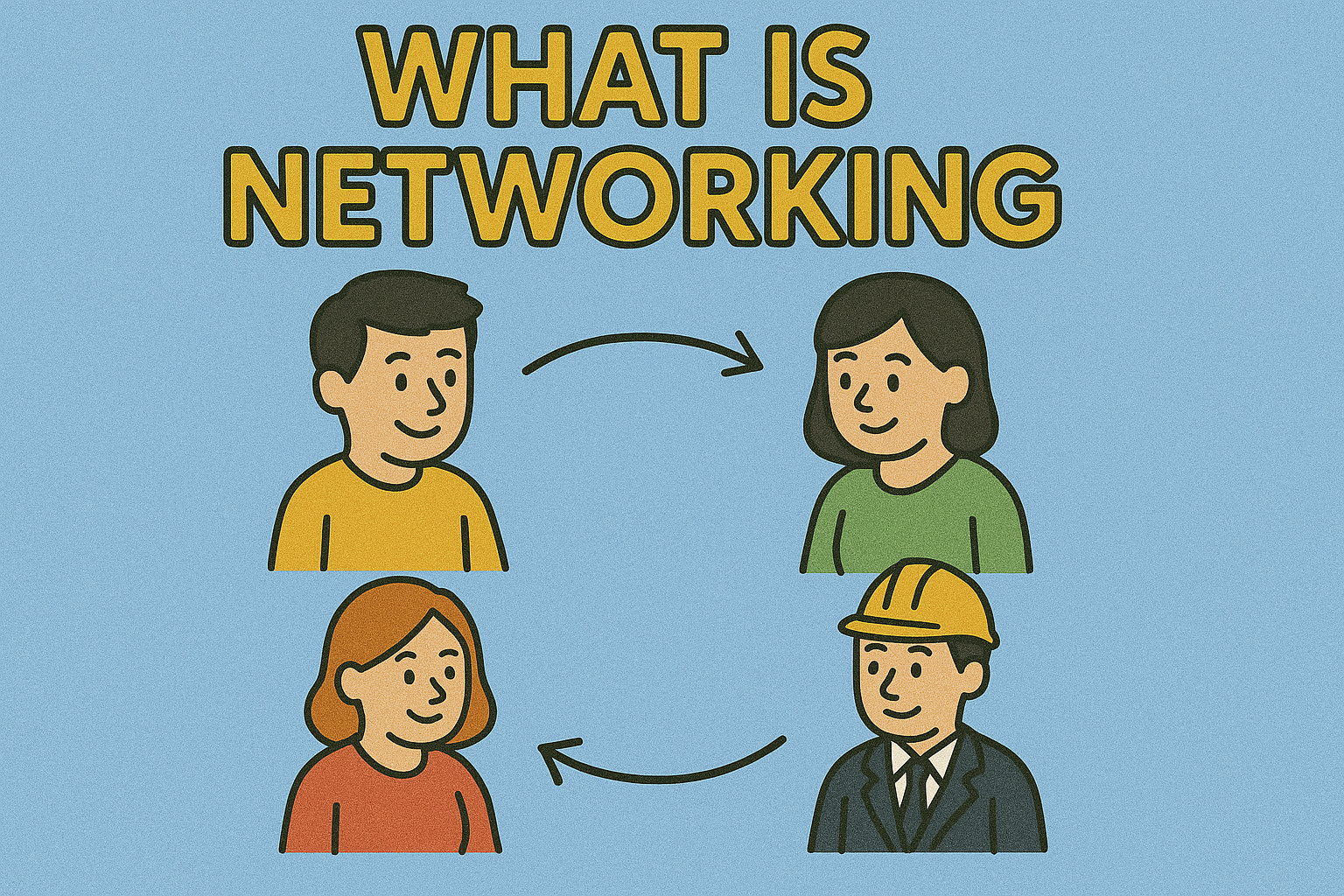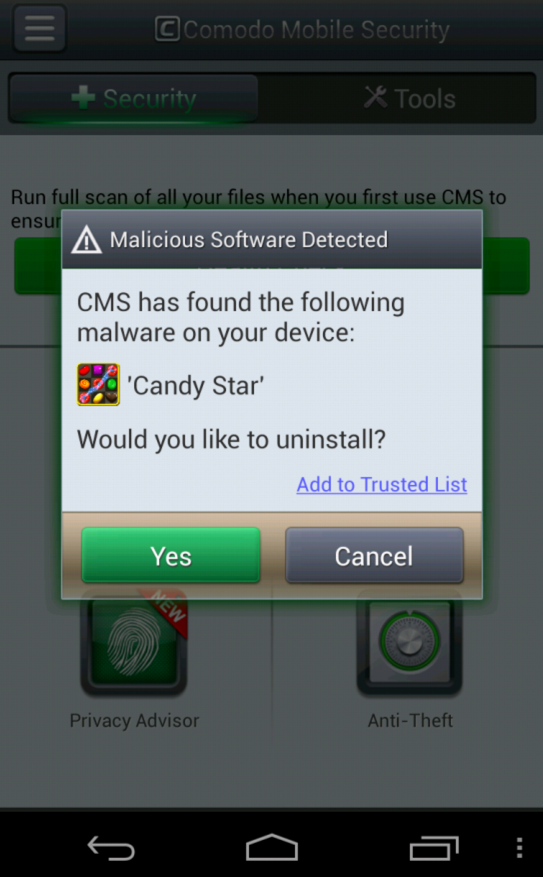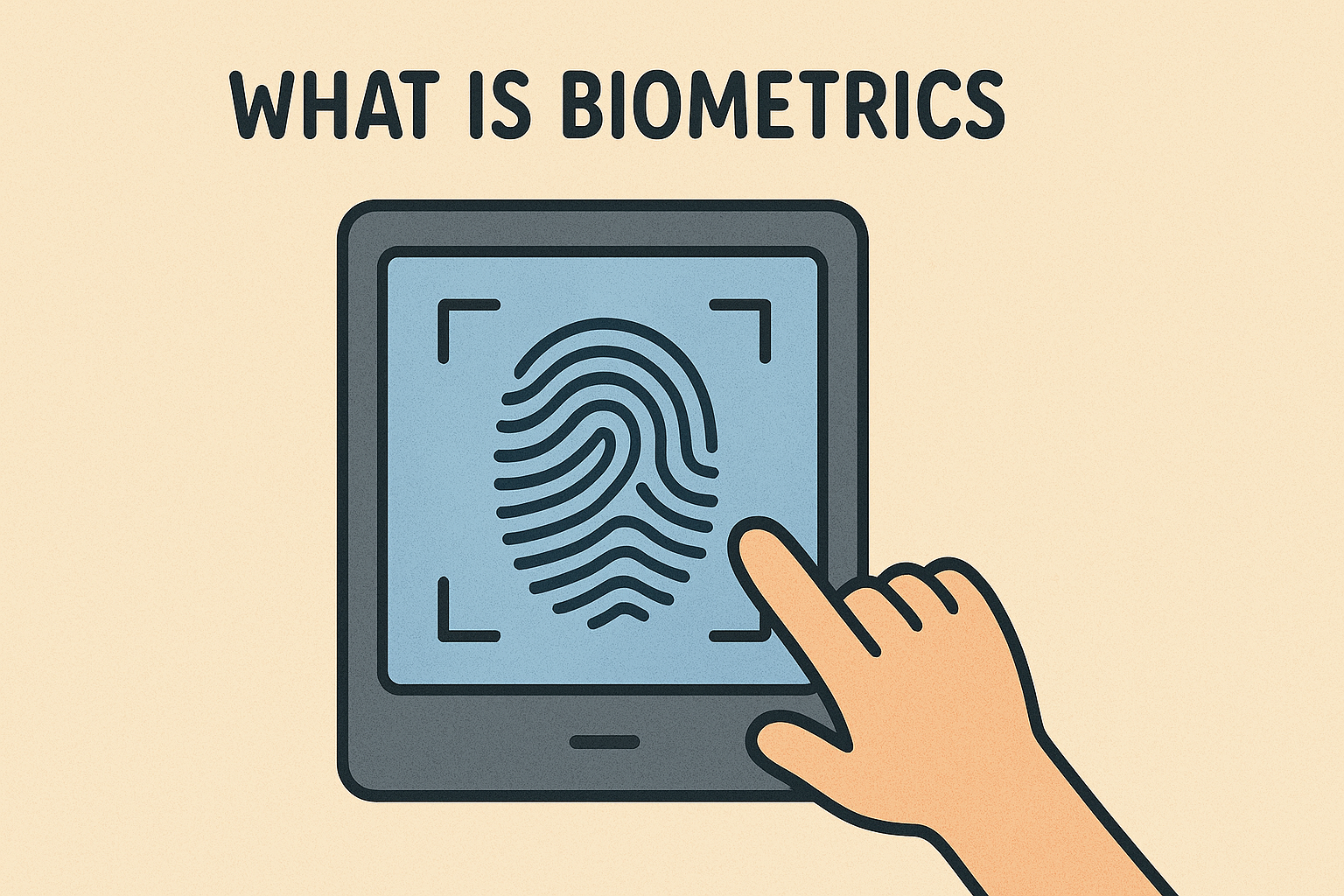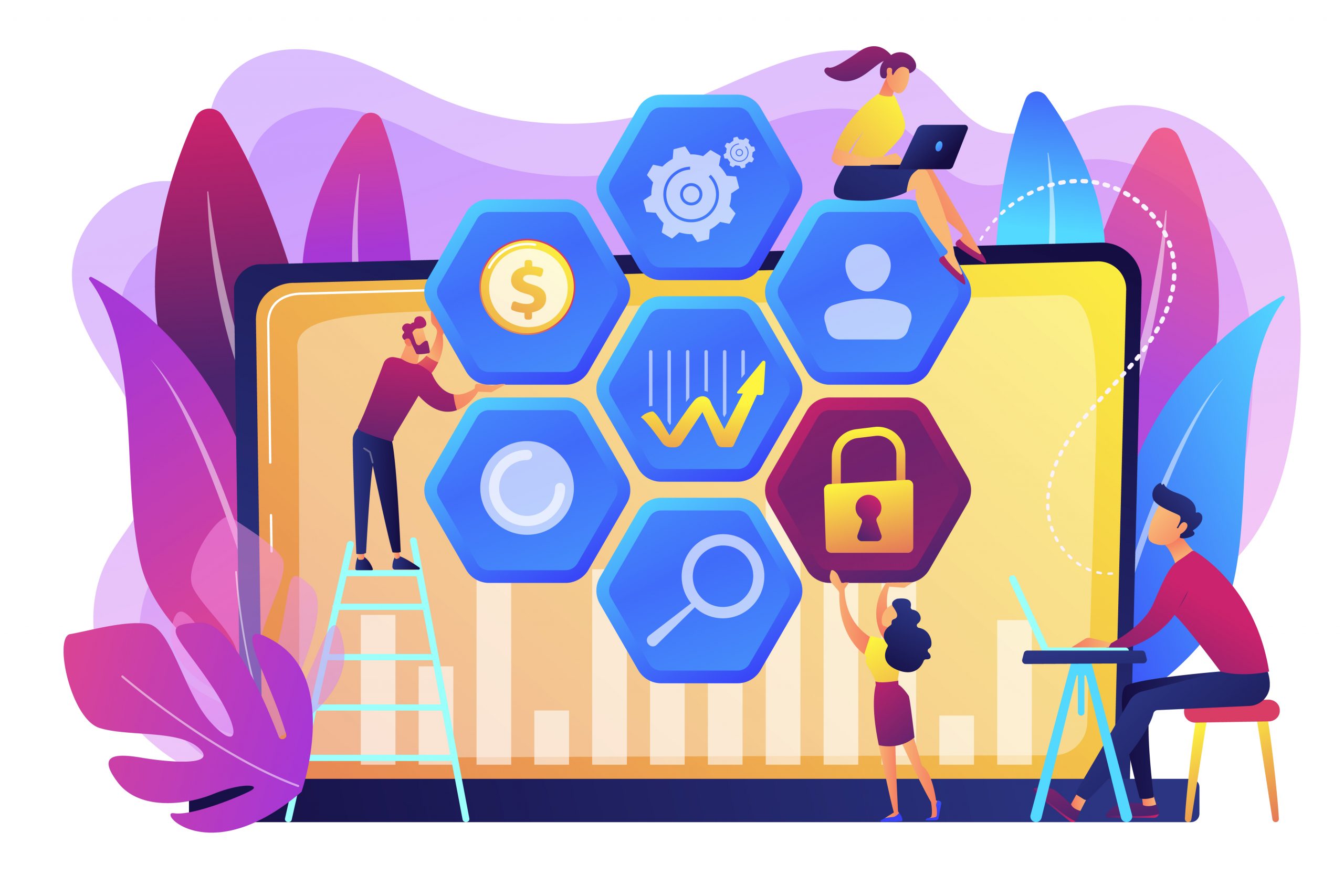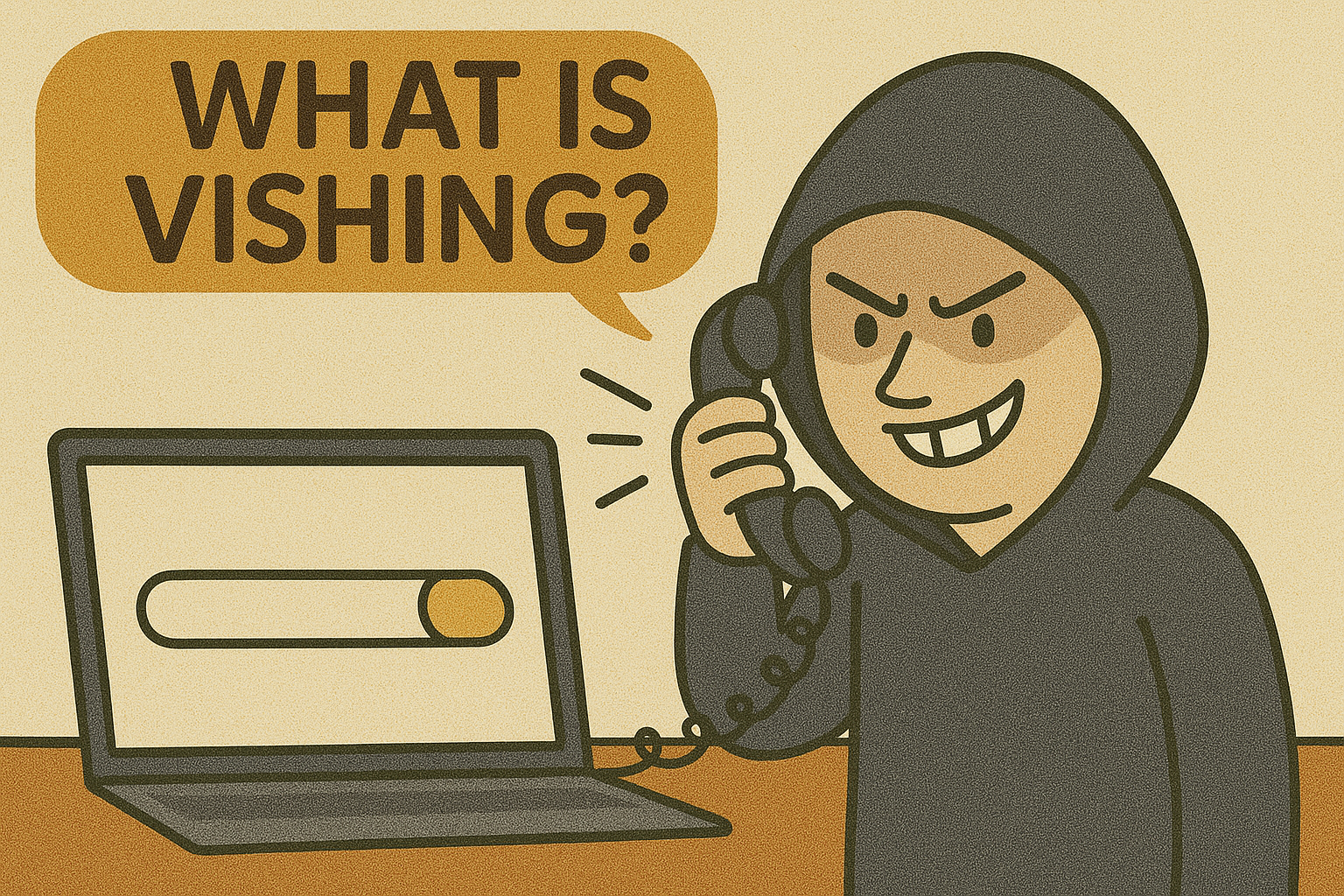4 Essential Cyber Hygiene Practices to Strengthen Your Organization’s Digital Defenses
Updated on August 30, 2024, by Xcitium

In today’s digital landscape, where cyber threats are increasingly sophisticated and pervasive, maintaining strong cyber hygiene practices is more critical than ever. Cyber hygiene refers to the routine practices and precautions that individuals and organizations can take to protect their digital environments from cyber threats. As the number of cyberattacks continues to rise, adopting these essential practices is vital for boosting your organization’s digital defenses and safeguarding sensitive data.

-
Regularly Update and Patch Systems
One of the most fundamental yet often overlooked aspects of cyber hygiene is ensuring that all software and systems are regularly updated and patched. Cybercriminals frequently exploit vulnerabilities in outdated software to gain unauthorized access to networks and systems. By keeping all operating systems, applications, and security software up to date, organizations can close these security gaps and reduce the risk of exploitation.
Regular updates and patches are not just best practices—they are a necessity. Cybercriminals constantly search for weaknesses, and failing to address known vulnerabilities leaves the door ailing to address known vulnerabilities leaves the door wide open for attacks. Implementing an automated patch management system can help ensure that updates are applied promptly and consistently across the organization.
-
Implement Strong Access Controls
Another critical aspect of cyber hygiene is the implementation of strong access controls. Access controls determine who has permission to access specific systems and data within an organization. By limiting access to only those who need it for their role, organizations can significantly reduce the risk of unauthorized access.
Multi-factor authentication (MFA) is a key component of strong access controls. MFA requires users to provide two or more verification factors to gain access to a system, making it much harder for cybercriminals to compromise accounts. Additionally, organizations should regularly review and update access permissions to ensure that they align with current roles and responsibilities.
-
Conduct Regular Security Awareness Training
Human error remains one of the leading causes of cybersecurity incidents. Phishing attacks, for example, often rely on tricking employees into clicking on malicious links or providing sensitive information. To combat this, regular security awareness training is essential.
Security awareness training educates employees about common cyber threats, such as phishing, ransomware, and social engineering, and teaches them how to recognize and respond to these threats. By fostering a culture of security awareness, organizations can empower their employees to act as the first line of defense against cyberattacks.
-
Monitor and Respond to Security Threats in Real-Time
Proactive monitoring and response are crucial components of effective cyber hygiene. By continuously monitoring network activity and system logs, organizations can detect unusual behavior that may indicate a security threat. Early detection allows for a swift response, minimizing the potential impact of an attack.
Implementing advanced threat detection tools, such as intrusion detection systems (IDS) and security information and event management (SIEM) solutions, can enhance an organization’s ability to monitor and respond to threats in real time. Also, a well-defined incident response plan ensures that the organization is prepared to act quickly and effectively in case of a breach.
What Makes Xcitium Stand Out
Xcitium is at the forefront of helping organizations bolster their cyber hygiene practices with its innovative security solutions. Xcitium’s Zero Dwell Containment technology is designed to neutralize threats in real-time, preventing them from causing any damage. By isolating potential threats immediately, Xcitium ensures that even if a vulnerability is exploited, the impact is contained and eliminated.
Moreover, Xcitium’s platform is built on the principles of Zero Trust, which aligns perfectly with the core tenets of strong cyber hygiene. With Zero Trust, every access request is authenticated and verified, ensuring that only authorized users can access sensitive systems and data. This approach, combined with continuous monitoring and advanced threat detection, provides organizations with a comprehensive security solution that goes beyond basic hygiene practices.
Xcitium also recognizes the importance of security awareness and offers tools and resources to help organizations educate their employees about cyber threats. By integrating these practices into their overall security strategy, organizations can significantly enhance their defenses and reduce the risk of a successful cyberattack.
In an era where cyber threats are ever-present, maintaining strong cyber hygiene practices is essential for protecting your organization’s digital assets. By regularly updating and patching systems, implementing strong access controls, conducting security awareness training, and monitoring for threats in real-time, organizations can build a robust defense against cyberattacks.
Xcitium stands out as a leader in cybersecurity, offering solutions that not only support these essential hygiene practices but also take security to the next level with advanced threat containment and Zero Trust principles. By partnering with Xcitium, organizations can ensure that they are not only practicing good cyber hygiene but are also equipped with the tools and strategies needed to stay ahead of the evolving threat landscape.







